(6 min read) Laon Cathedral — number 42 in my countdown of the Fifty Greatest Works of Gothic — is the definitive example of Early French Gothic.
(For more about this series, see the introduction and the countdown.)
Common Name: Laon Cathedral
Official Name: Cathédrale Notre-Dame de Laon (Our Lady of Laon Cathedral)
Location: Laon, France
Primary Dates of Gothic Construction: c1155-c1235
Why It’s Great
Laon Cathedral stands as the quintessential example of Early French Gothic, a unified masterpiece of proportion, clarity, and structural harmony. Unlike many Gothic cathedrals that evolved over centuries with extensive later modifications, Laon retains the coherence of its original design, making it one of the purest surviving examples of the style.
Why It Matters: History and Context
Laon Cathedral was begun around 1155 — just a decade after St-Denis’ choir initiated the Gothic movement — and essentially complete by 1235. This early start and short construction timeframe make Laon the ideal place to understand the early stages of Gothic evolution and the best expression of what is now called Early French Gothic (and this despite the slightly earlier or more influential Sens and Noyon Cathedrals).
The hilltop town of Laon, which had been established as the seat of a diocese in the 5th century, grew steadily through the 10th and 12th centuries. By the midpoint of the 12th century, just as the age of frenzied cathedral building began, it was decided to construct a cathedral in the new style to replace the church finished just forty years earlier.
Construction progressed steadily from east to west, as was common then, and by the mid 1230s it was substantially complete — multiple dedications took place from 1236 to 1257.
In the late 13th and early 14th centuries, a few small chapels were added, and the south transept had to be remodeled in the 14th century as well. These later additions were relatively minor, however, and after the 14th century, there was no significant work on the cathedral; nor did it suffer during the Protestant Revolutions or French Revolutions. There was significant restoration during the 19th century, but this work stayed faithful (by contemporary standards) to the original designs and intents.
The result of this straightforward history is a building which truly showcases early French Gothic building. While I agree that later Gothic styles better express the urge to create “Heavenly Jerusalem on Earth” and generally like later Gothic styles personally, I also happen to have a real fondness for Laon. It’s got a particularly “classic” feel due to the fact that it is just an early departure from the mature Romanesque of northern France and is so unified in its design.
You’ll see what I mean when we begin our virtual photo tour.
Photo Tour
Laon Cathedral is located in the middle of little historic town at the top of a hill some 300 ft (100m) above the Picardy plain. While it’s not completely hemmed in by other buildings, it is hard to step back and fully appreciate the cathedral except from outside the town. Figures 3 & 6-9 provide an overall sense of the building. There were originally seven towers planned for the building — two on the west, two at each transept, and one at the crossing, a design which Viollet-le-Duc would late call the Gothic ideal — but only five were built (the two missing ones are at each of the transepts) and none have spires.
The west facade (figures 9-12) does have the two planned towers, and is an early example of what would become the classic French Gothic front, at least in a broad sense. One unique feature here is the set of sixteen oxen that sit in the towers, apparently keeping watch on the town below. Their origin and meaning are unknown, though they perhaps commemorate the animals that hauled the materials here to construct the cathedral.
The portals here are set in deeply recessed porches between the buttressing that hold up the towers, and the sculptural art they contain are very representative. I recently created three slideshows with some two dozen total photos showing each of them in detail on my Instagram account — you can find links to them at the bottom of this post.
Entering the church through the west portal, we enter a beautifully proportioned and well-lit nave (figures 13-17), with classic styling that still has a Romanesque vibe to it.
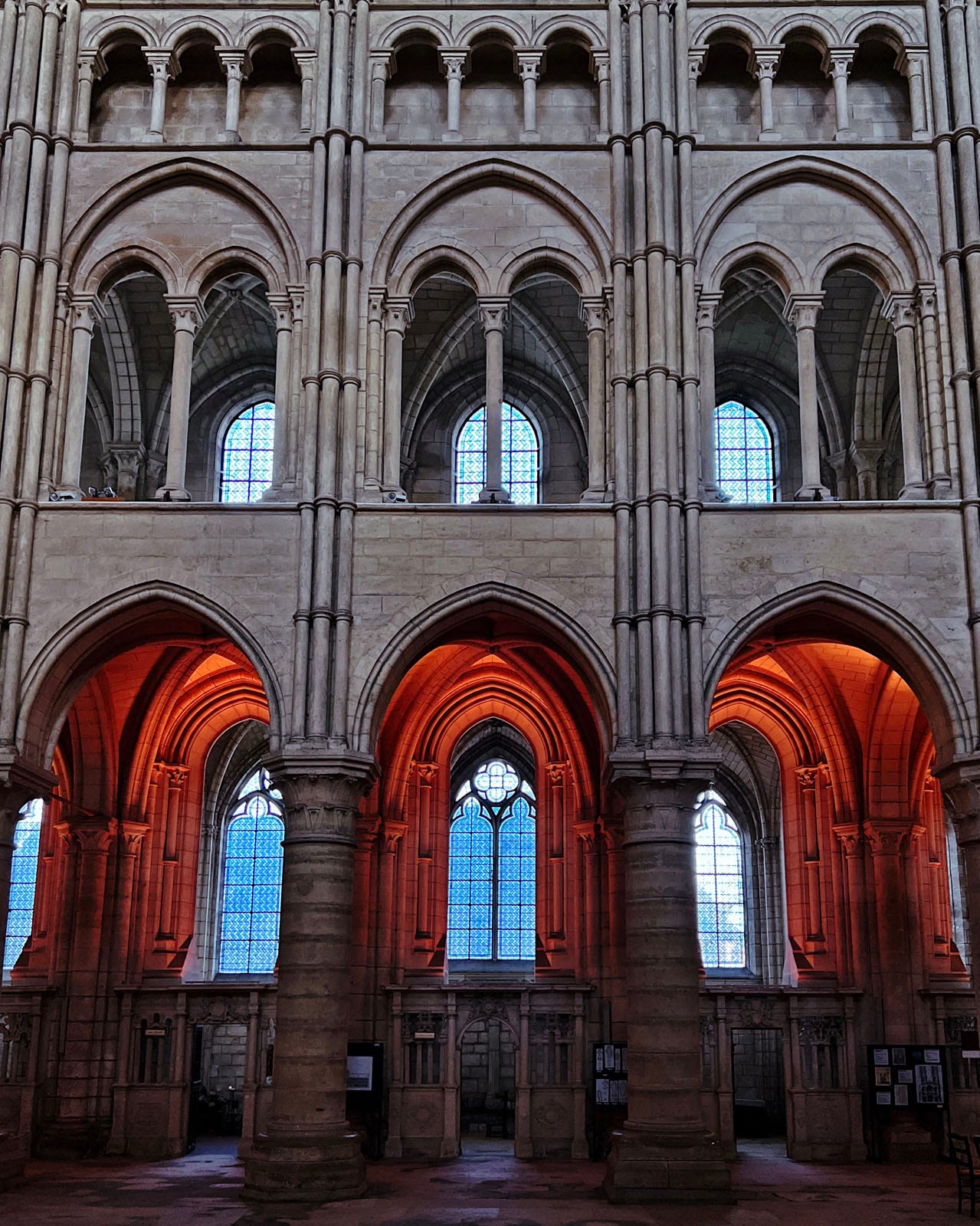
Figures 18-19 show the crossing and transepts. The north rose window is particularly interesting in showing the personifications of the liberal arts in its chunky, fractal-like design instead of a religious subject. As with the portals, I posted a more detailed look at it on Instagram, and a link is below.
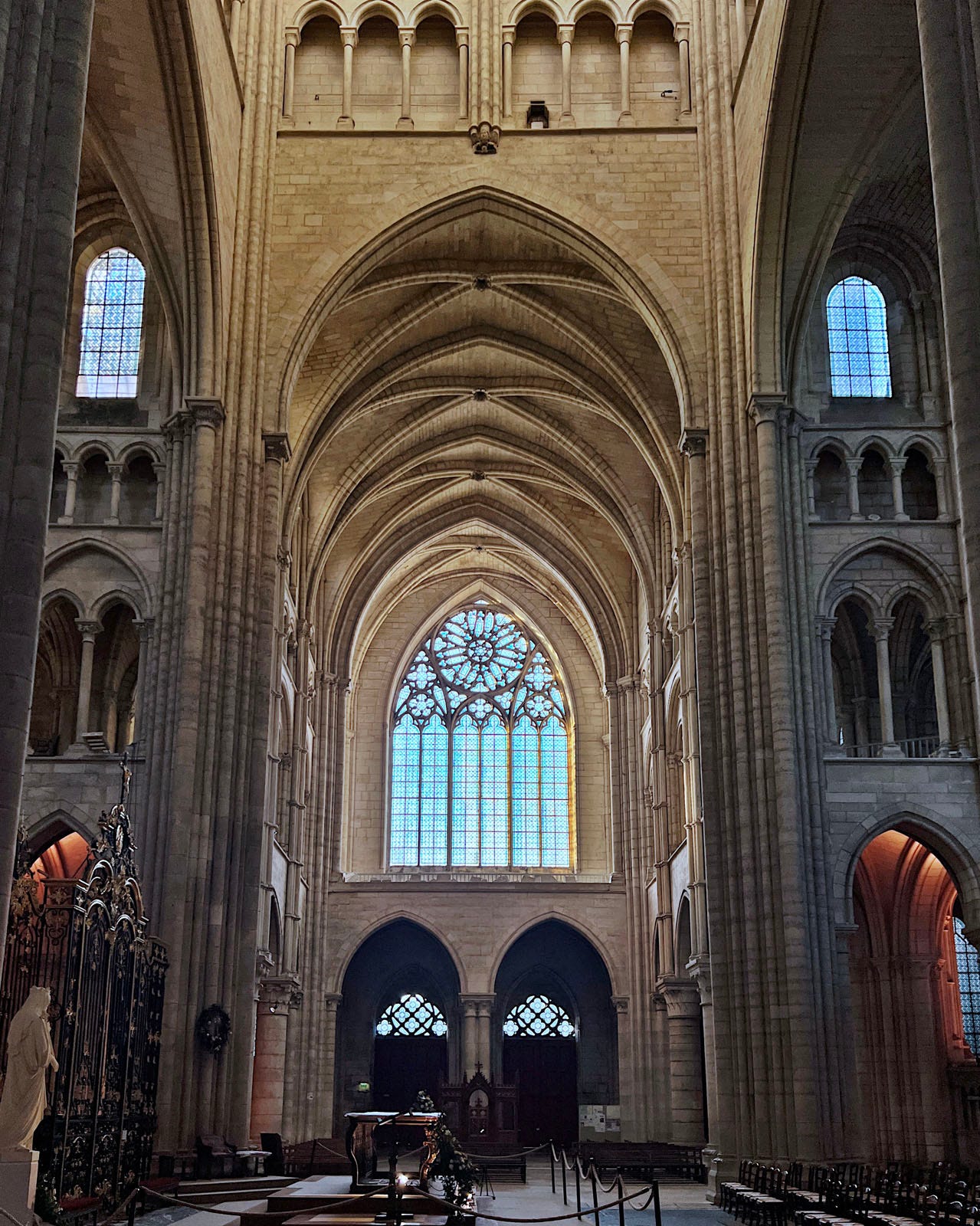
Unusually for a Gothic cathedral, the east end of Laon (figures 24-27) is not a semi-circular apse, but a flat wall with a rose window and three lancets below. The glass here dates from the early 13th century (with some 19th century restorations); the rose is an “apocalypse window” with Christ in the center, surrounded by the Apostles and with the Elders of the Apocalypse in the outermost ring. The lancets show scenes from Jesus’ life, as well as scenes form the lives of saints Stephen and Theophilius.
In Detail
For more detailed photography and information about the features below, follow the links to my Instagram posts:
** Please hit the ❤️ “like” button❤️ if you enjoyed this post; it helps others find it! **
Visiting Advice & Conclusion
My Visit Date: 1 February 2023
Laon Cathedral is under visited from what I can tell, and I doubt crowds are something you need to work around in terms of timing your visit. The town is cute and perhaps worth a full day, but I only stopped long enough to visit the cathedral while driving from Reims to Amiens.
And while it may not have the height of Amiens or the flamboyance of Reims, Laon is one of the most unified and instructive examples of Early Gothic architecture. Its clarity of form, restraint, and rare state of preservation make it an essential stop for anyone interested in the origins of the Gothic style.


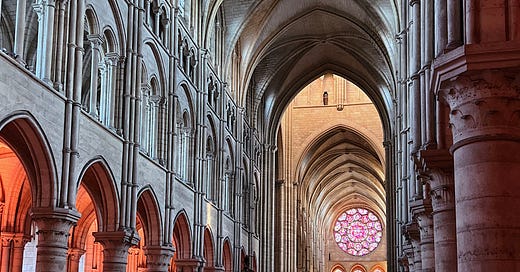


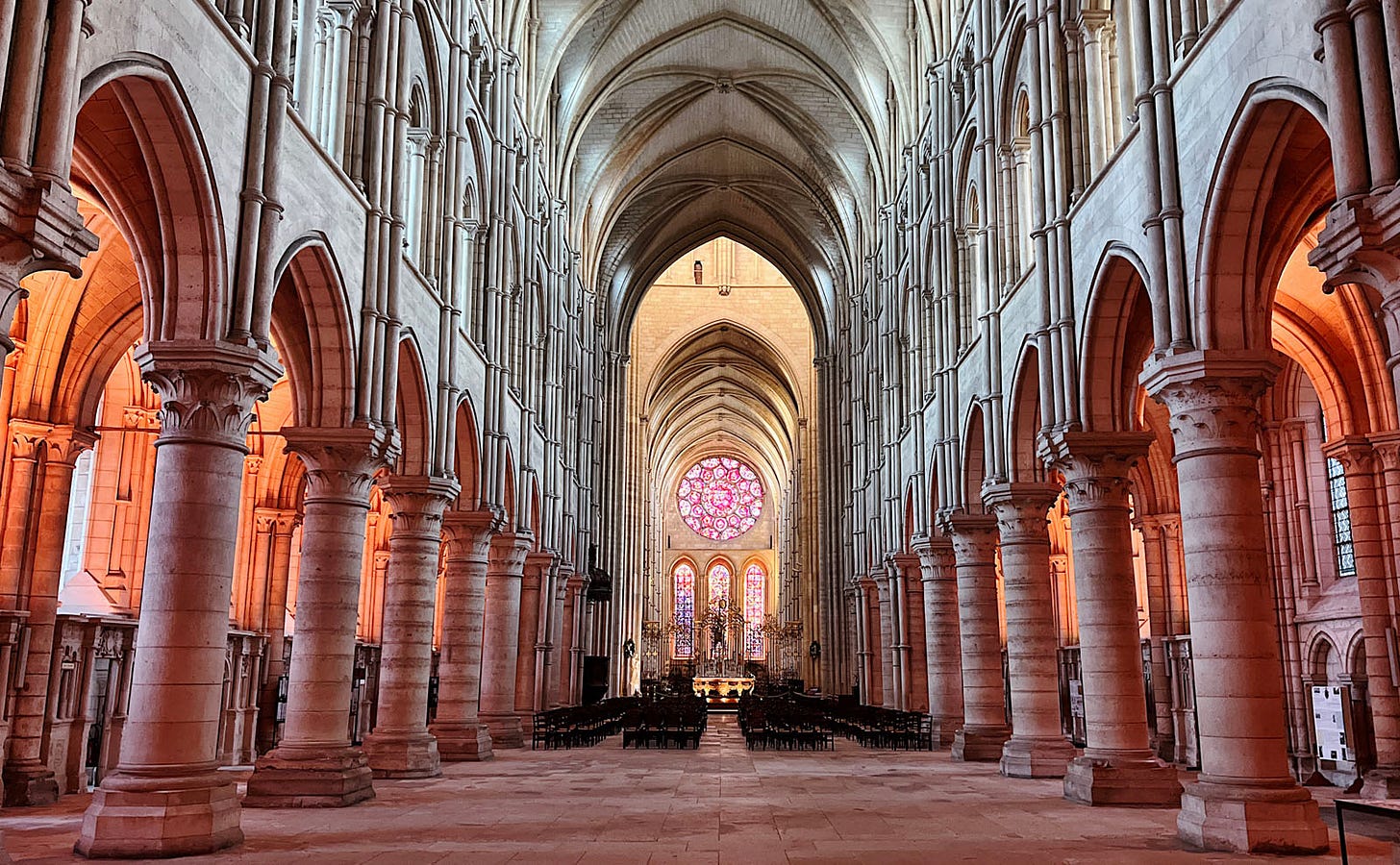


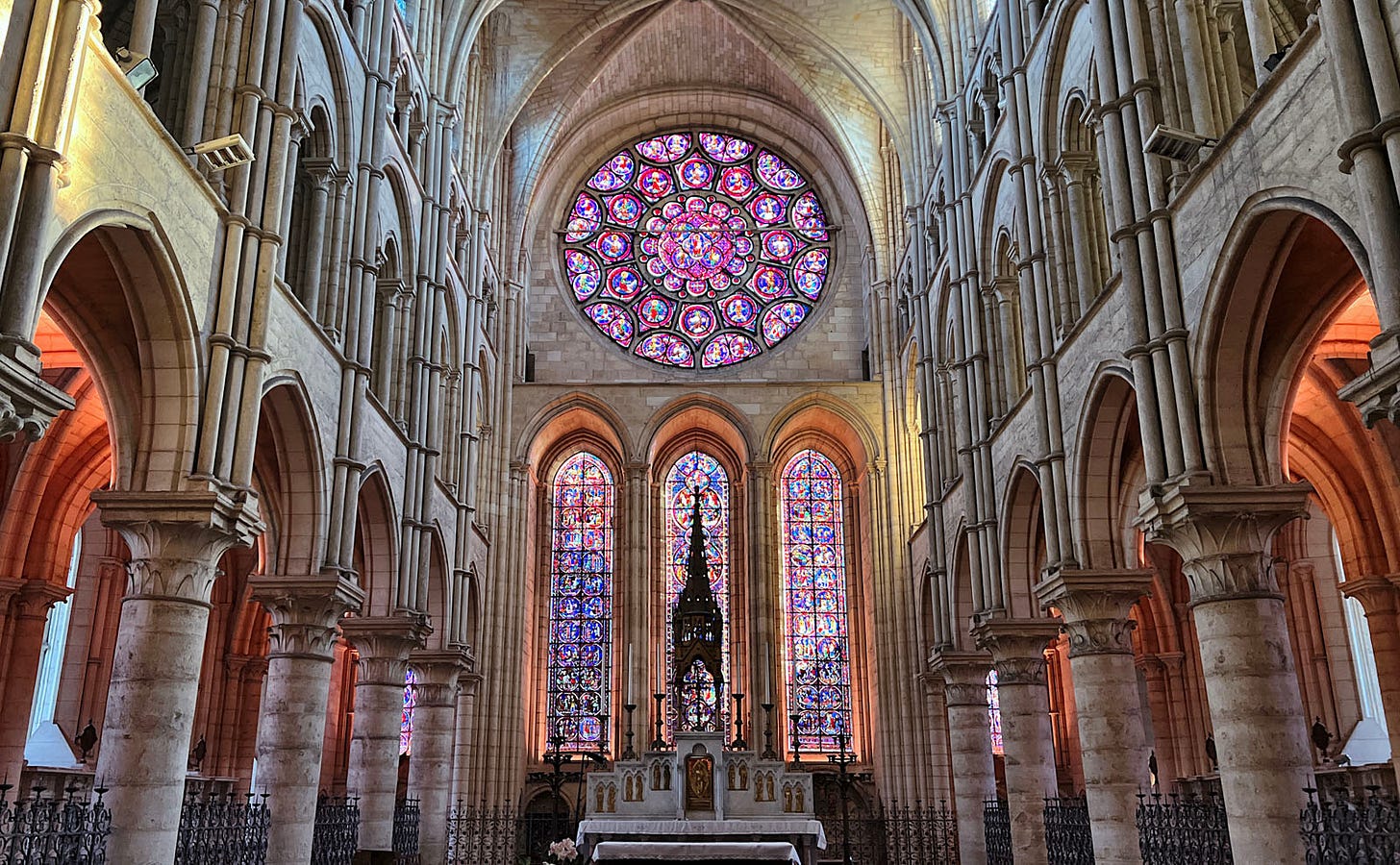
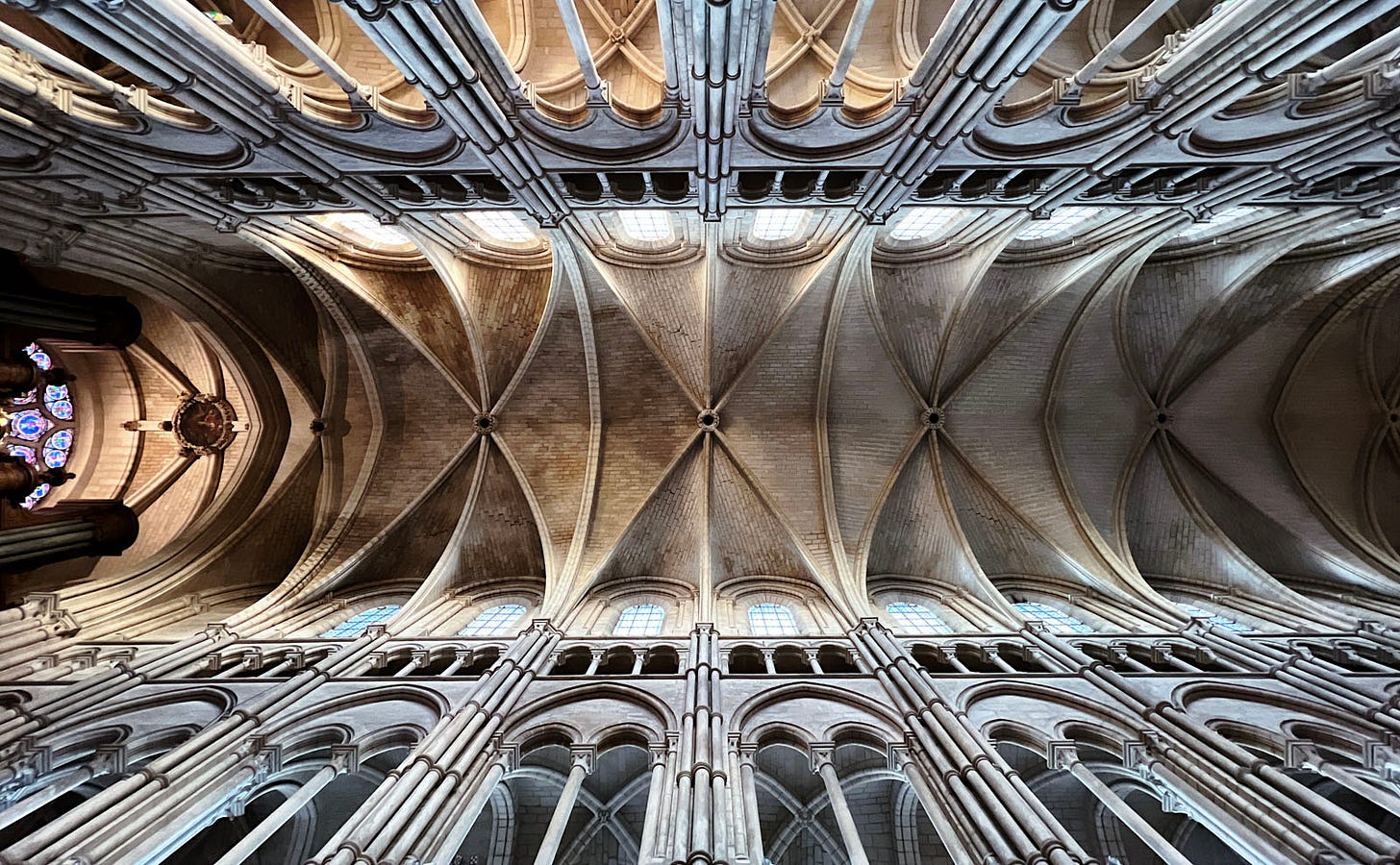



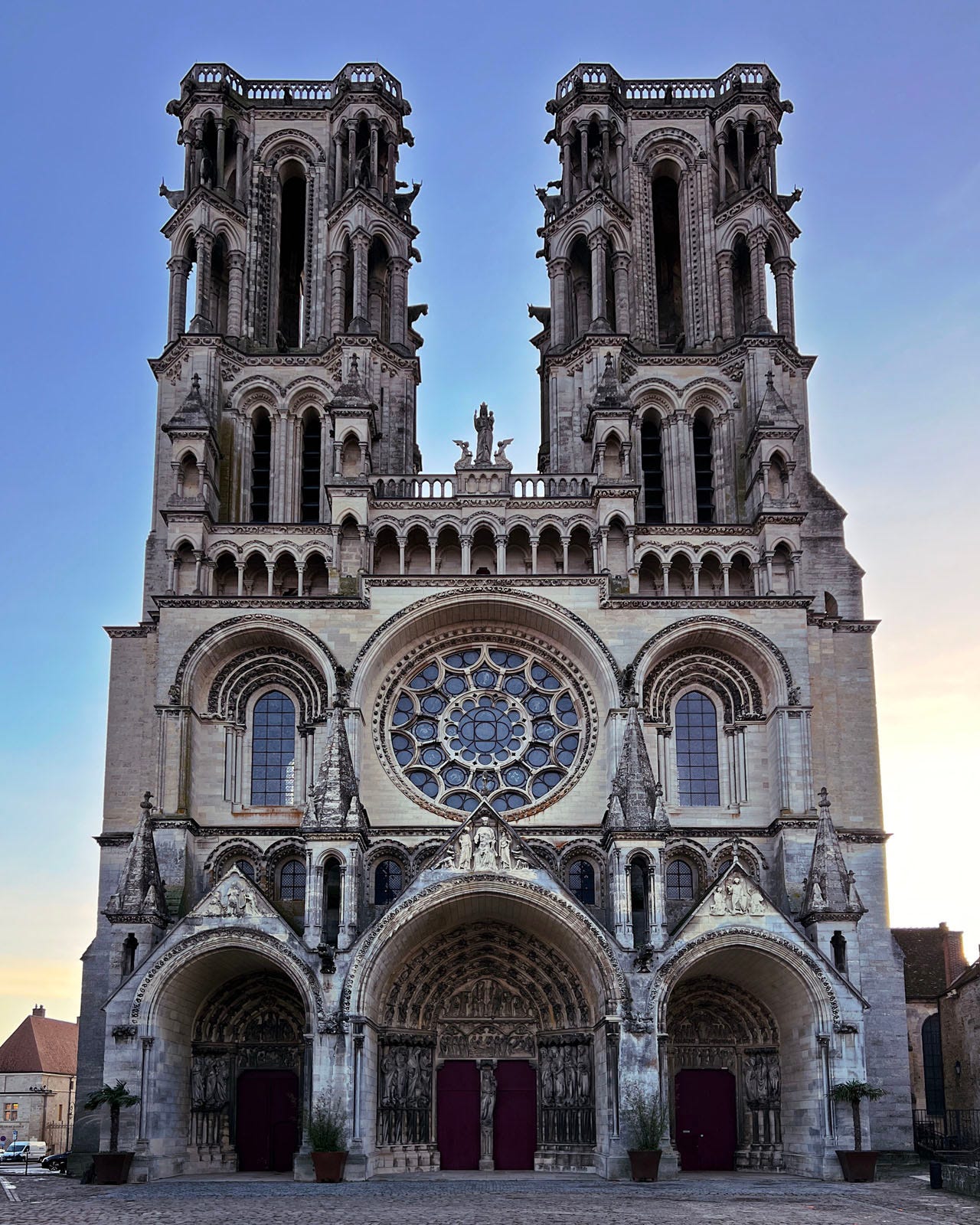
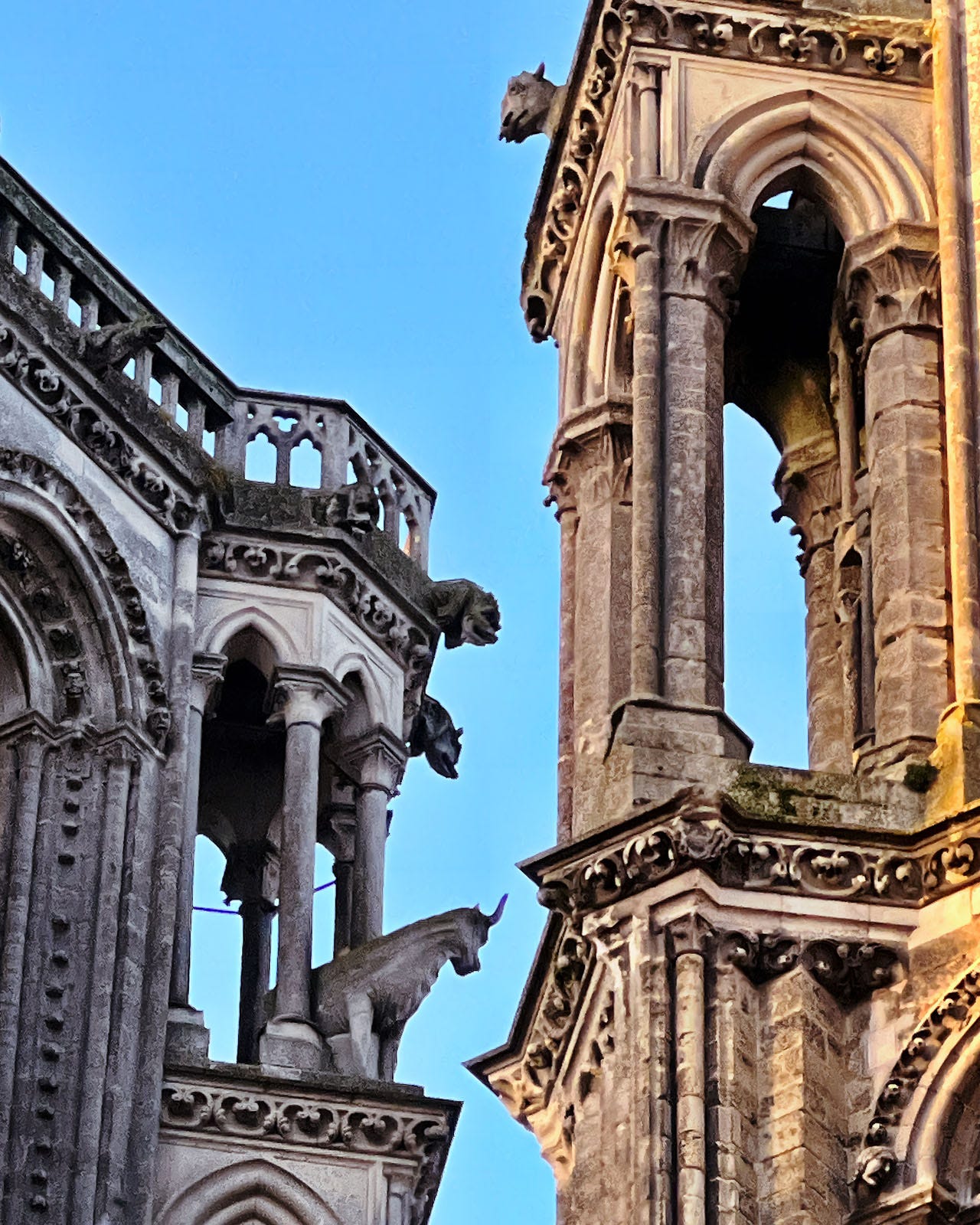
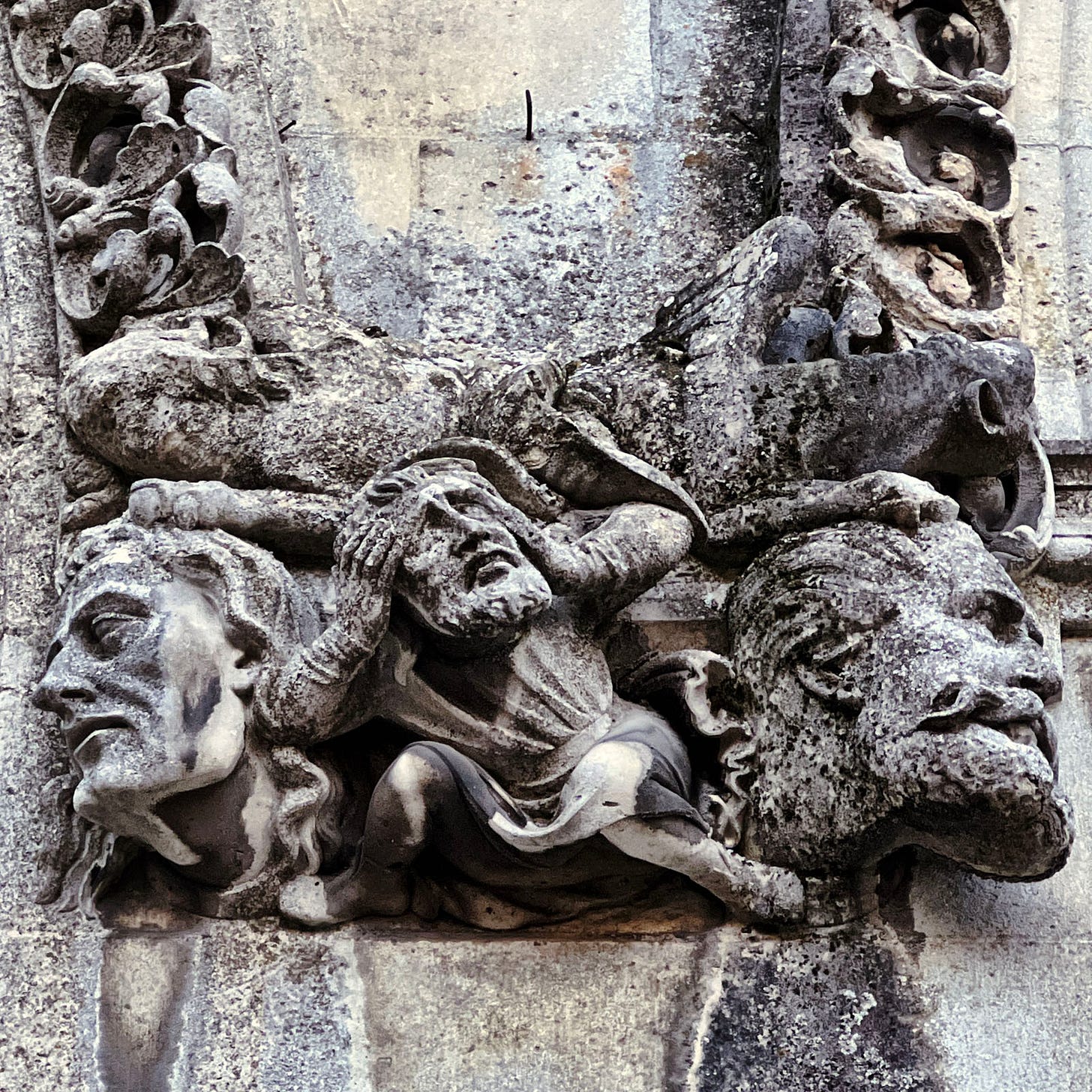
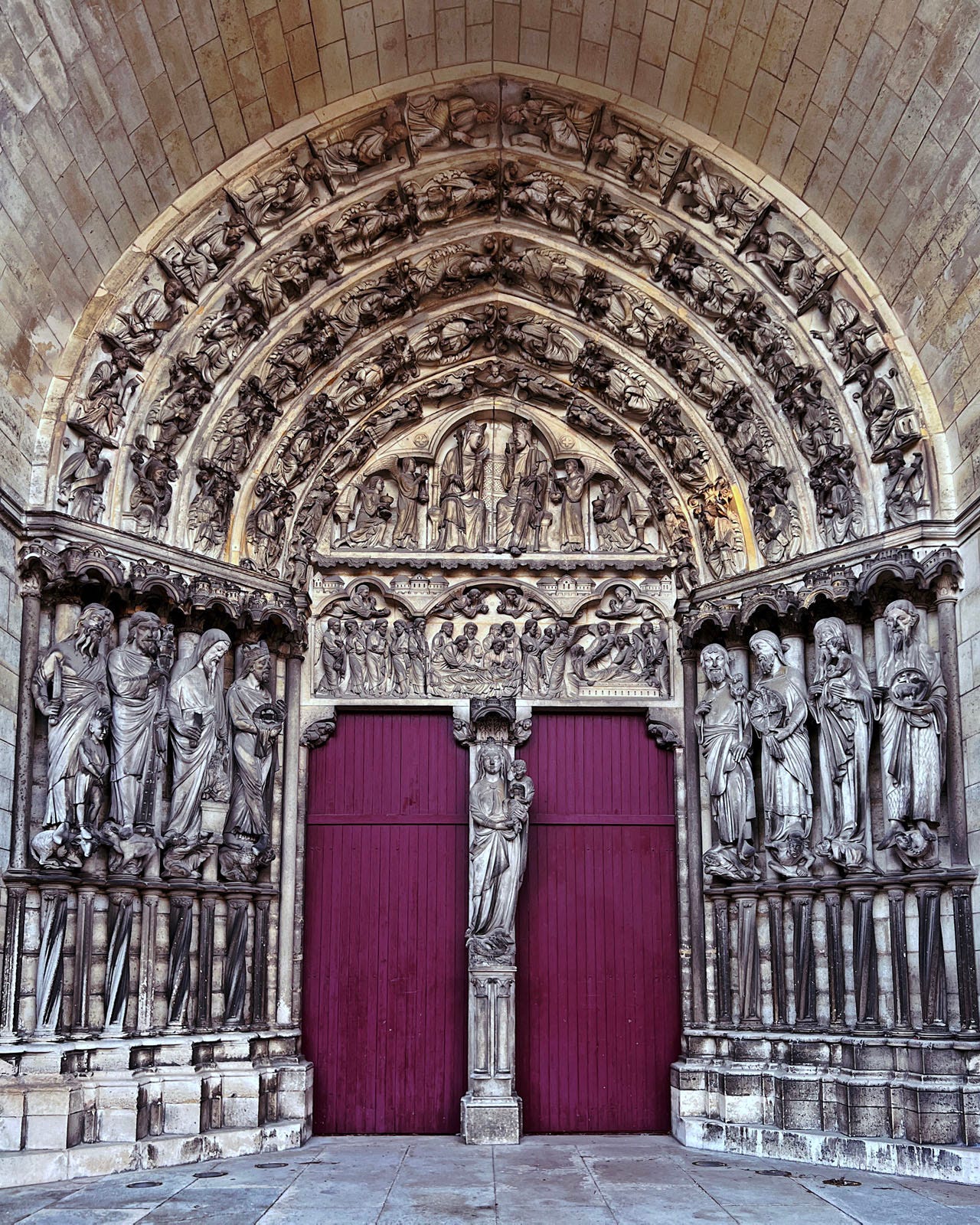
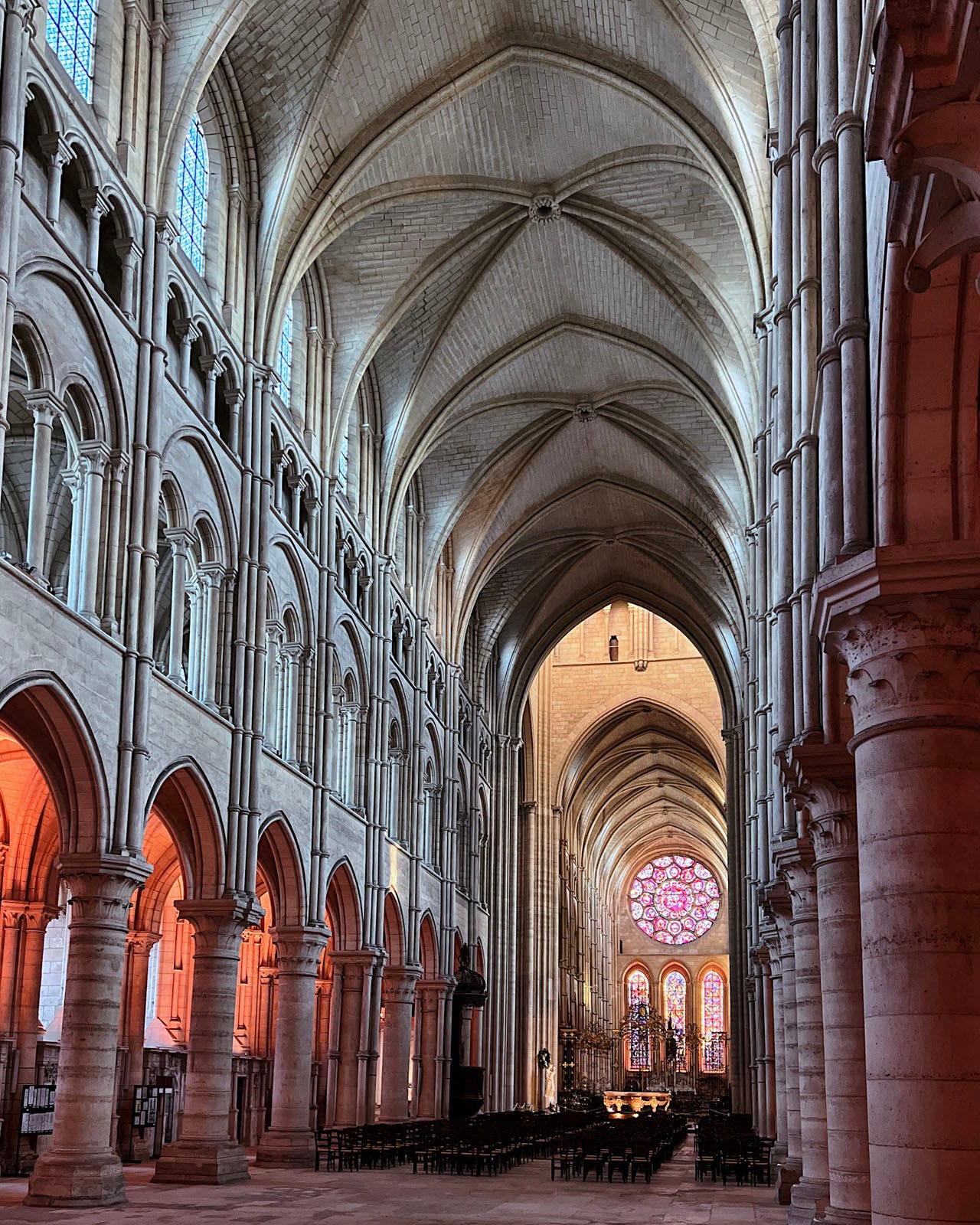

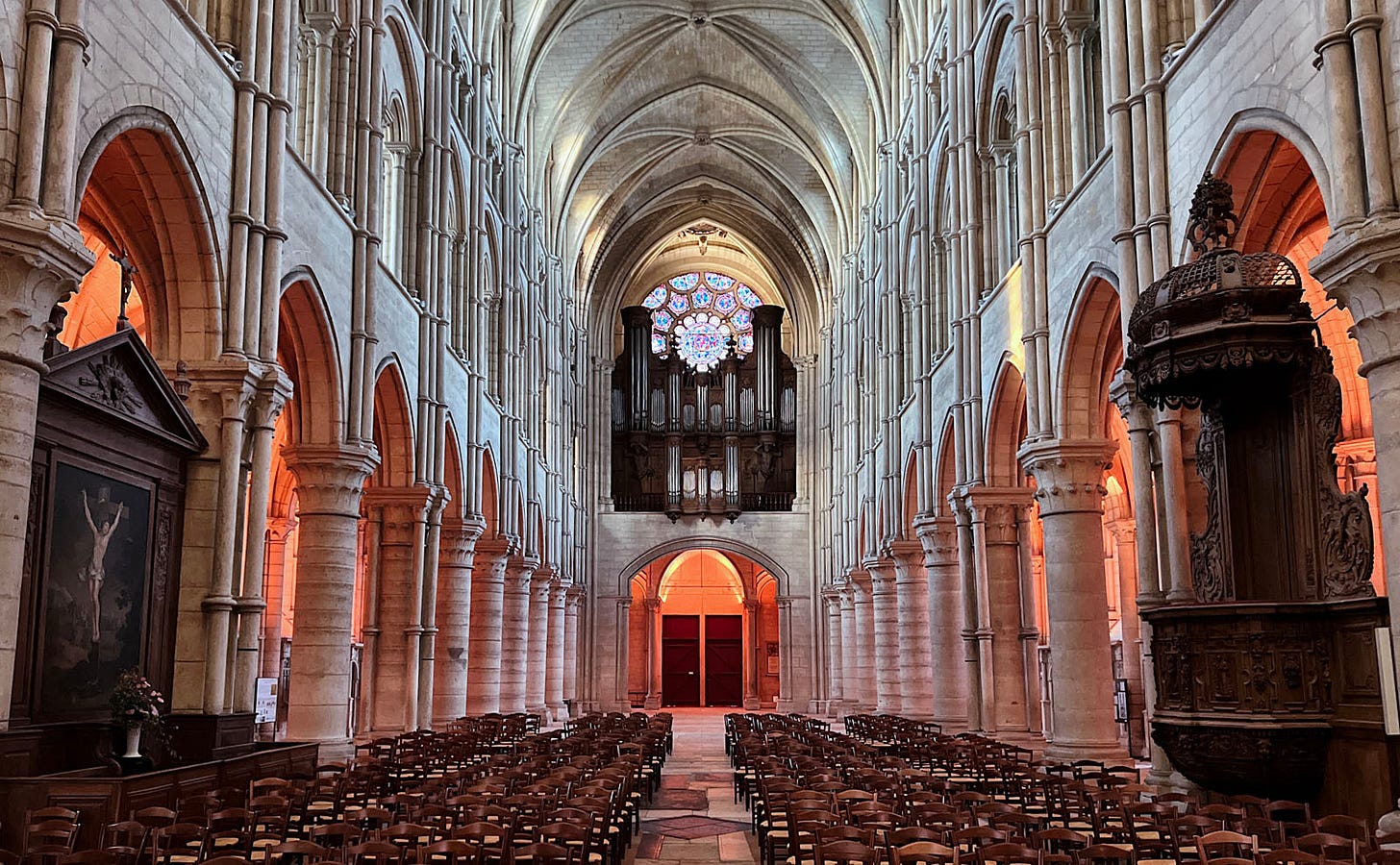
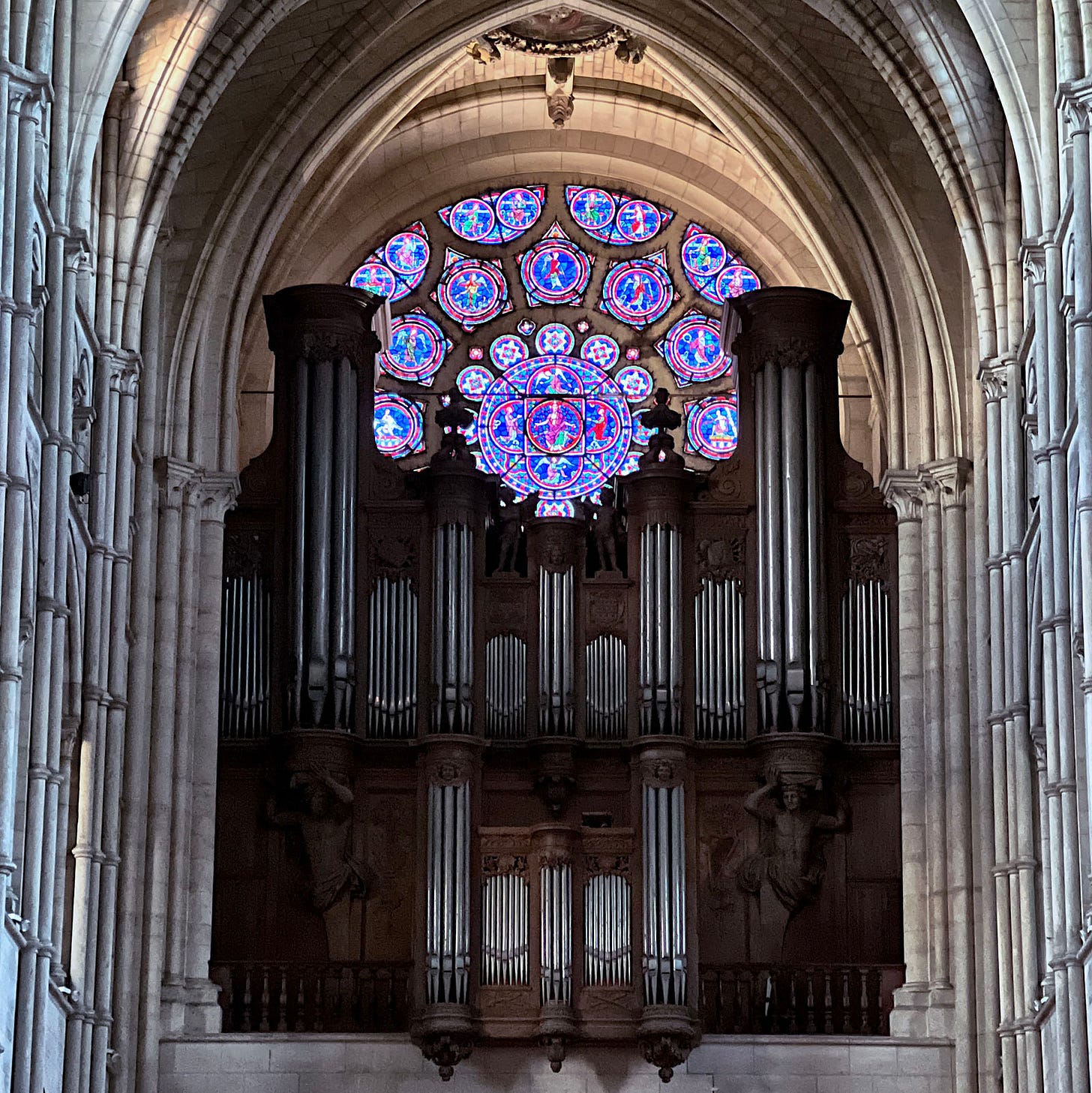
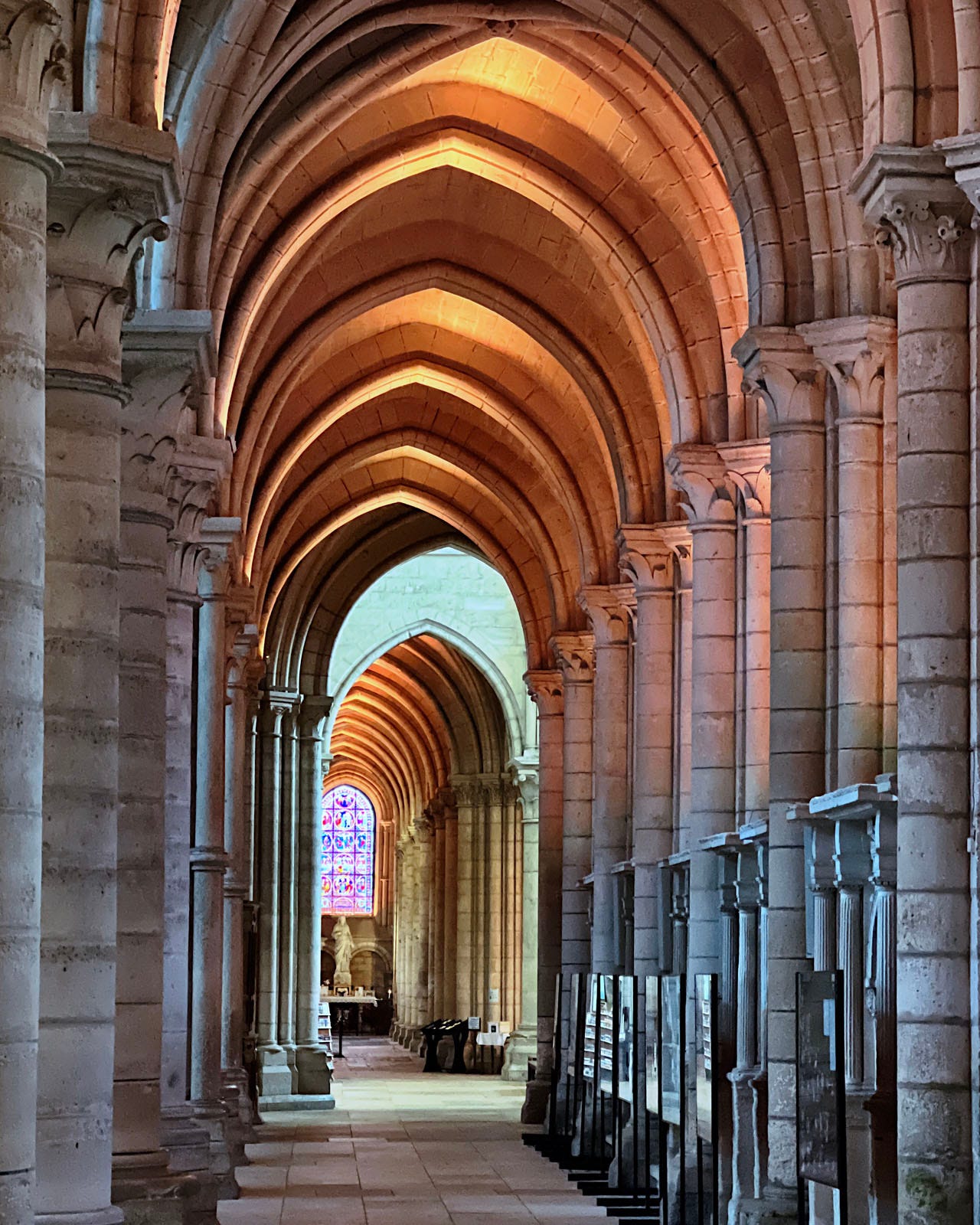
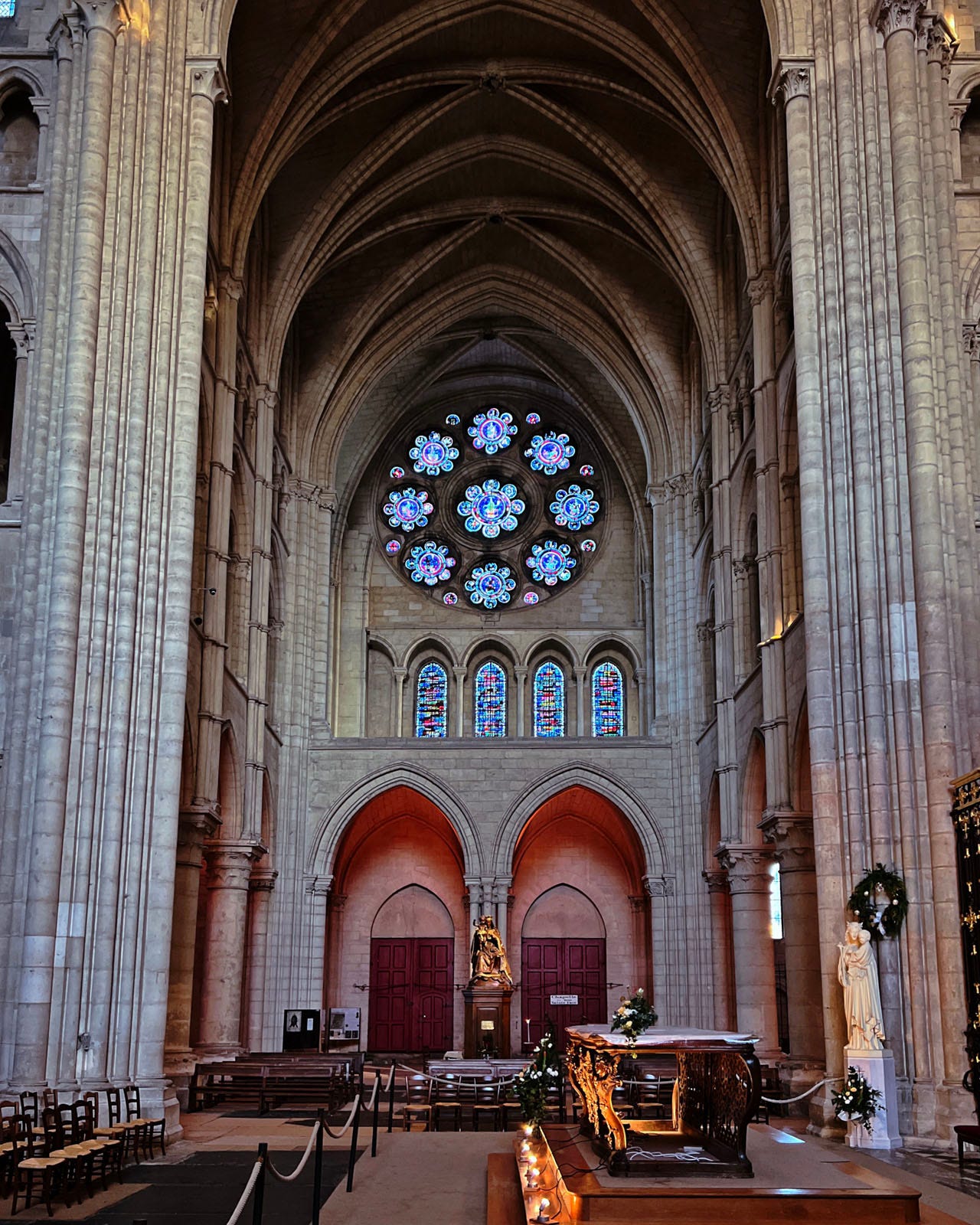
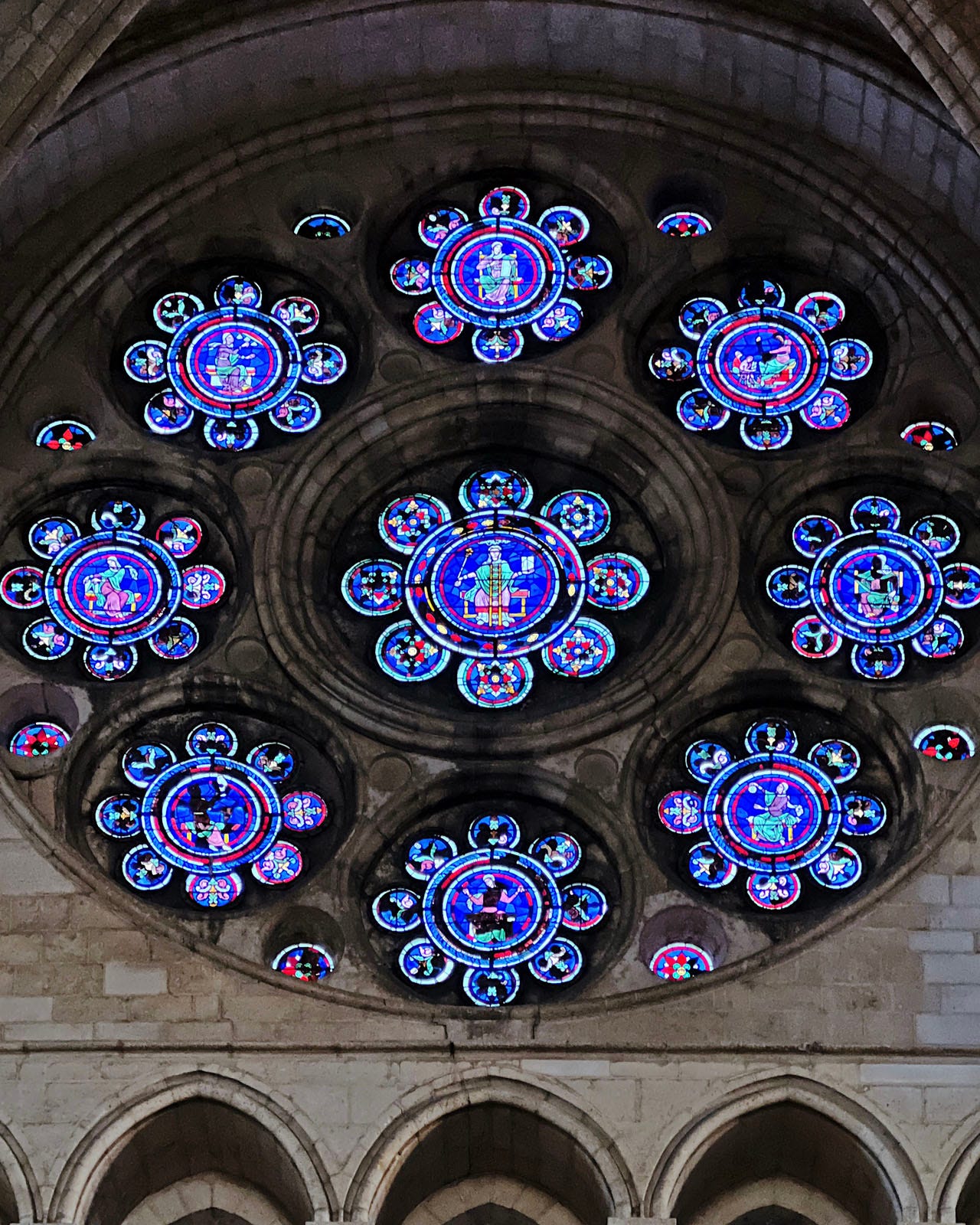


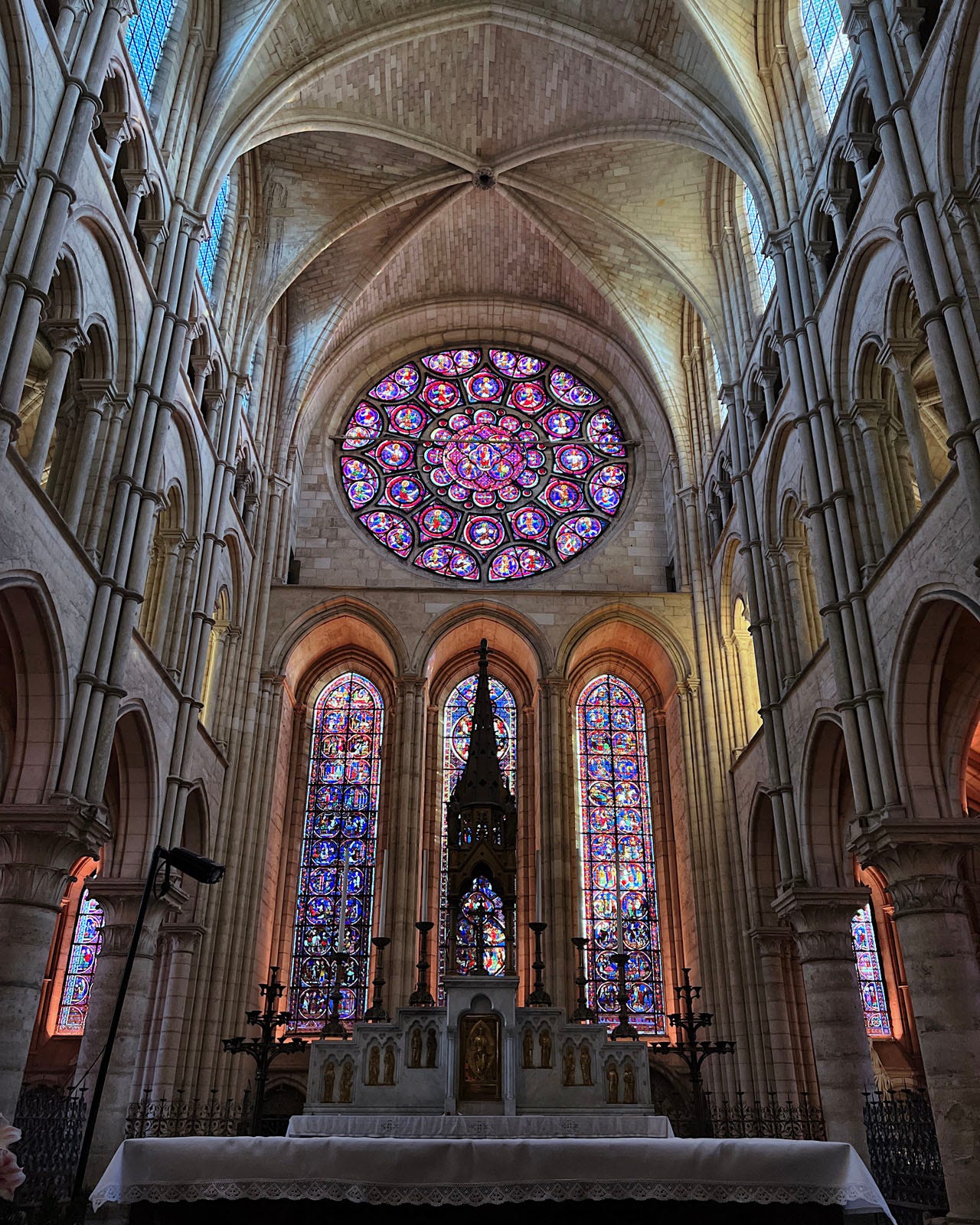
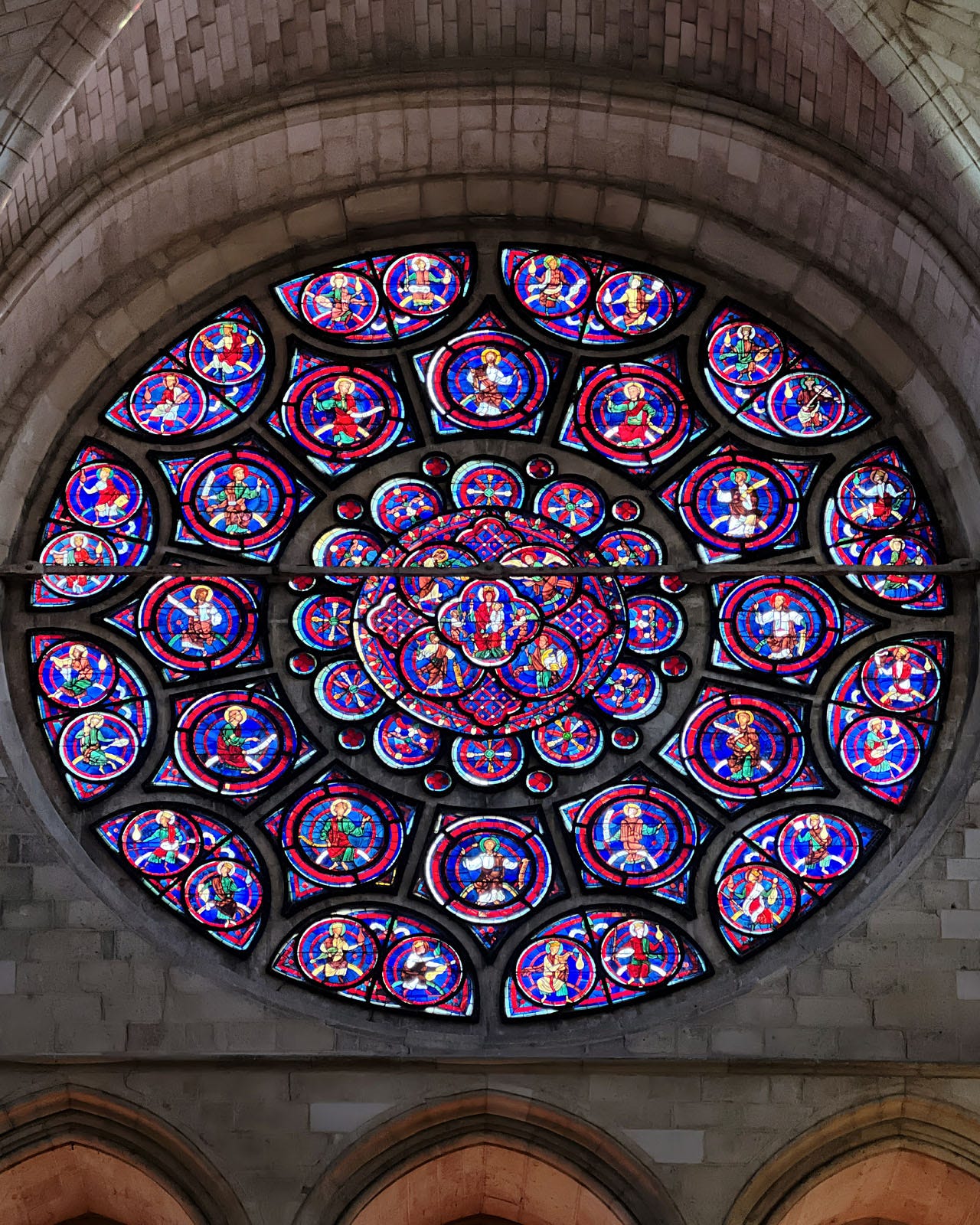

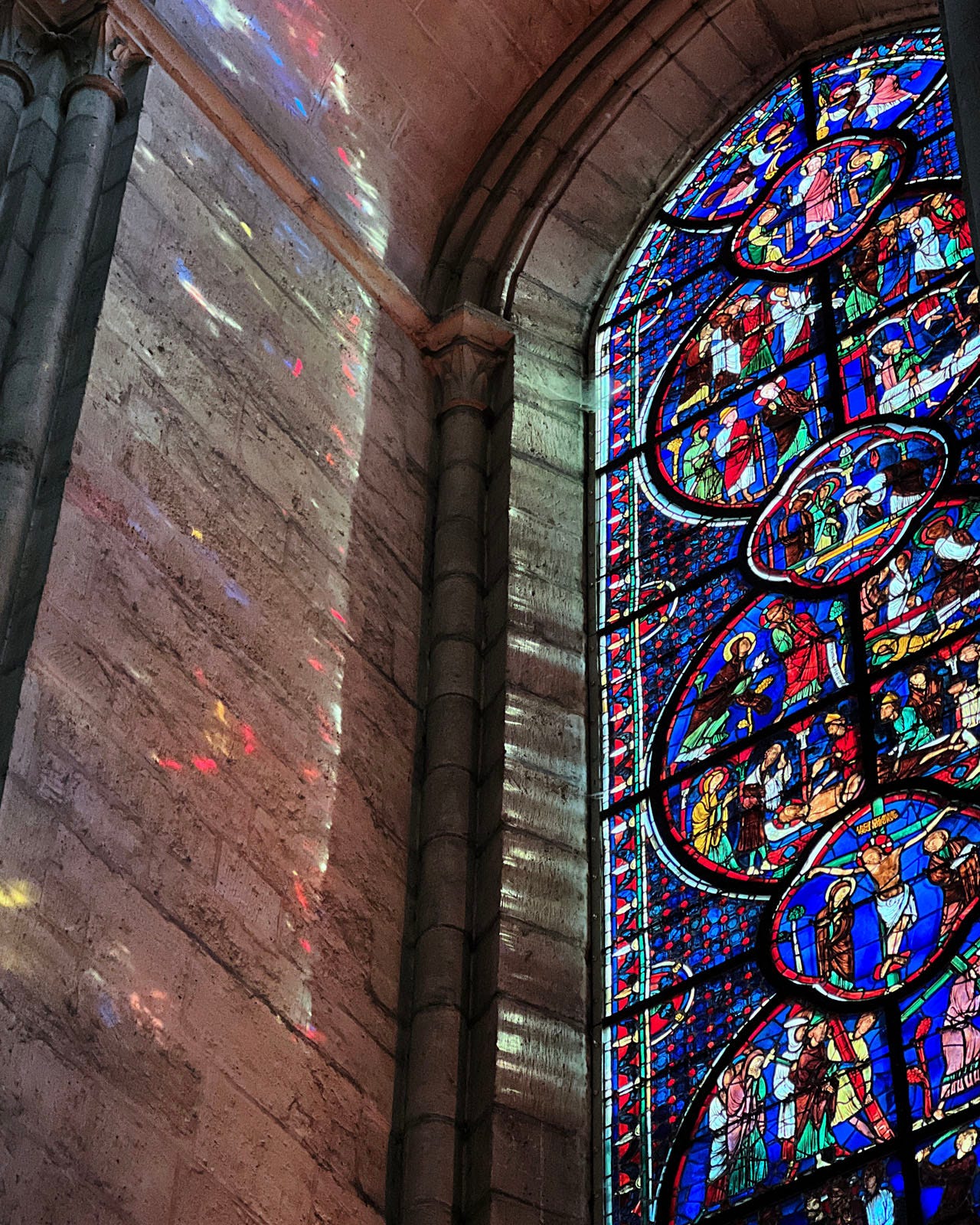
Laon is indeed an underrated city. The cathedral is unique; I love the unity of style and simplicity. The city has more to offer than only the cathedral; don’t forget about the underground tunnels for example!
What a beautiful photo tour about a new-to-me cathedral! I’m learning so much from this weekly series, and it’s fun hearing your perspective interjected with the history details. Also, pic 18 is a dream! Thanks so much for sharing ☺️🙏🙌